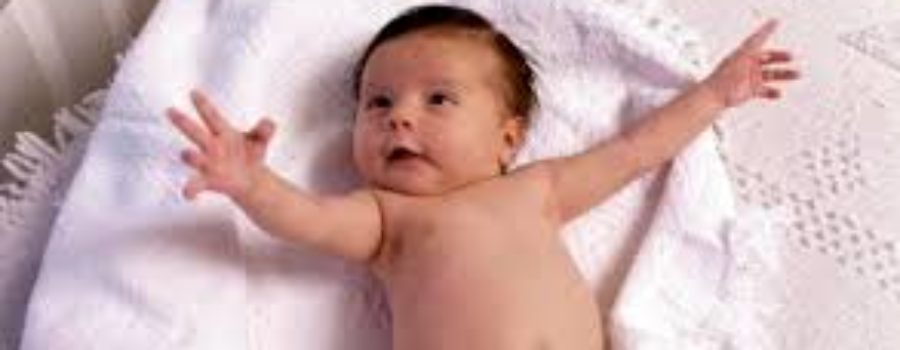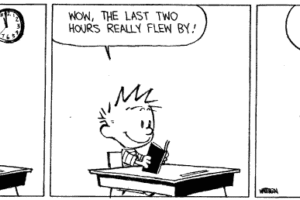Primitive Reflexes: The Moro Reflex
As we discussed in our primer, the primitive reflexes typically develop between 9 weeks gestation and 6-9 months of life. The Moro reflex is the earliest of these, emerging at 9 weeks in utero. It’s best described as the first “fight or flight” reaction (response to stress). It is fully present at birth and usually disappears by three or four months of age (we’ll refer to that disappearance in future as the inhibition of a reflex).
You have probably noticed that very small infants startle easily, throwing their arms and heads back in response to outward stimuli. This is the Moro reflex. As the infant integrates external stimuli, this tendency fades. IF it does not, there are a surprising number of affects (think “symptoms”) that may result. Among them are difficulty maintaining eye contact, anxiety or nervousness, and sensitivity to light and sounds. You might see these as natural extensions of a startle reflex, but allergies, mood swings and adverse reactions to medications may also result.
In school, students who have not integrated this Moro reflex may have difficulty with math concepts, be hypersensitive, have difficulty with ball games, and problems with visual processing.
Retention of this reflex in very low birthweight babies (under 3.3 pounds) is something to look for, there may be other causes, too, such as birth trauma, injury, or brain disease. We’ll talk about how we can help your student who’s experiencing this in upcoming posts. First let’s touch on the other reflexes and see how they connect



